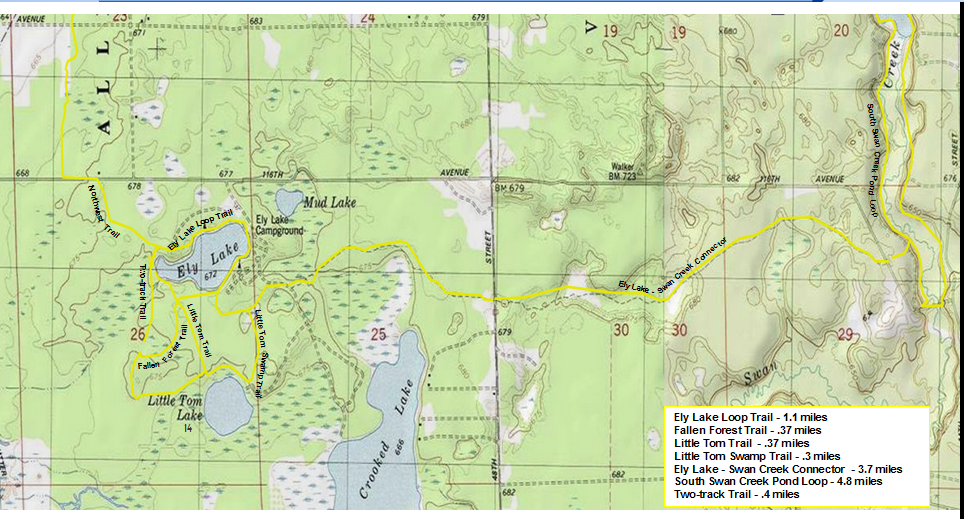In response to: A Little Fall Color
Comment from: Phil Renaud Visitor
I love how this post captures that fleeting magic of autumn—the early morning light hitting all those warm tones in the woods. Your photos from Allegan Forest made me almost feel the crisp breeze and see the leaves glow. As someone who chases fall foliage every year, this really resonated. Thanks for sharing such beautiful, atmospheric imagery!


Latest Comments